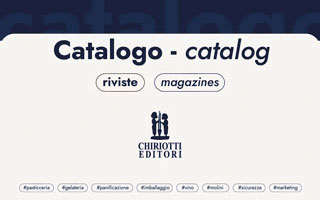
FAO’s new State of World Fisheries and Aquaculture report urges more work to rein in overfishing
kgGlobal per capita fish consumption has risen to above 20 kg a year for the first time, thanks to stronger aquaculture supply and firm demand, record hauls for some key species and reduced wastage, according to a new FAO report.
Yet despite notable progress in some areas, the state of the world’s marine resources has not improved, the latest edition of the UN agency’s The State of World Fisheries and Aquaculture (SOFIA) says that almost a third of commercial fish stocks are now fished at biologically unsustainable levels, triple the level of 1974.
Global total capture fishery production in 2014 was 93.4 million tonnes, including output from inland waters, up slightly over the previous two years. Alaska pollock was the top species, replacing anchoveta for the first time since 1998 and offering evidence that effective resource management practices have worked well. Record catches for four highly valuable groups – tunas, lobsters, shrimps and cephalopods – were reported in 2014.
There were around 4.6 million fishing vessels in the world in 2014, 90% of which are in Asia and Africa, and only 64,000 of which were 24 meters or longer, according to SOFIA.
Globally, fish provided 6.7% of all protein consumed by humans, as well as offering a rich source of long-chain omega-3 fatty acids, vitamins, calcium, zinc and iron. Some 57 million people were engaged in the primary fish production sectors, a third of them in aquaculture.
Fishery products accounted for 1% of all global merchandise trade in value terms, representing more than 9% of total agricultural exports. Worldwide exports amounted to $148 billion in 2014, up from $8 billion in 1976. Developing countries were the source of $80 billion of fishery exports, providing higher net trade revenues than meat, tobacco, rice and sugar combined.
“Life below water, which the Sustainable Development Agenda commits us to conserve, is a major ally in our effort to meet a host of challenges, from food security to climate change,” FAO Director-General José Graziano da Silva. “This report shows that capture fisheries can be managed sustainably, while also pointing to the enormous and growing potential of aquaculture to boost human nutrition and support livelihoods with productive jobs.”
Aquaculture
That the global supply of fish for human consumption has outpaced population growth in the past five decades – preliminary estimates suggest per capita intakes higher than 20 kg, double the level of the 1960s – is due in large measure to growth in aquaculture.
The sector’s global production rose to 73.8 million tonnes in 2014, a third of which comprised molluscs, crustaceans and other non-fish animals. Importantly in terms of both food security and environmental sustainability, about half of the world’s aquaculture production of animals – often shellfish and carp – and plants – including seaweeds and microalgae – came from non-fed species.
While China remains far the leading nation for aquaculture, it is expanding even faster elsewhere, the report notes. In Nigeria, aquaculture output is up almost 20-fold over the past two decades, and all of sub-Saharan Africa is not far behind. Chile and Indonesia have also posted remarkable growth, as have Norway and Vietnam – now the world’s No. 2 and No. 3 fish exporters.
Aquaculture’s strengths and challenges are also influencing what fish end up on our plates. The report shows that, measured as a share of world trade in value terms, salmon and trout are now the largest single commodity, an honor that for decades belonged to shrimp.








